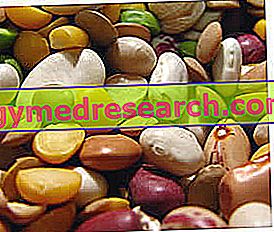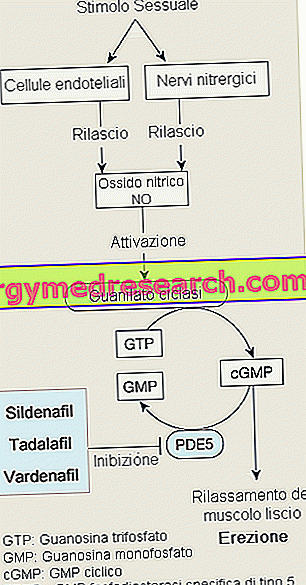Spend little on cereals, derivatives and tubers
An entire treatise could be written about this category of food. The healthiness of the raw materials (ester) used by the most famous manufacturers of dry pasta has been questioned recently.

Bread is a very high consumption product. Recently there has been a real turnaround; while at one time almost no one produced it independently, today (because of the very high costs) we tend to pack it at home. This is also a product that deserves to be kept in the freezer since, you know, once you turn on the oven (remember that it is an appliance with disproportionate consumption) it would be better to cook as much food as possible! It is therefore logical to deduce that the bread must be kneaded in large quantities and, to prevent it from deteriorating, it is necessary to freeze it already portioned into slices of 25-30g each. To learn how to cook good homemade bread, consult Alice's video-recipe book, such as Pumpkin Bread.
Some Video Recipes for homemade bread
| Bread with potatoes and rosemary | Rye bread and Yogurt | White bread |
| Protein bread | Soy bread | Pita or Arabic bread |
For potatoes, in Italy we cannot complain. Often, we waste time looking for the least expensive food on the market or supermarket shelves, when it comes to tubers that have a large number of varieties (early and late), easily cultivated and available in any piece of land on the peninsula. Not far from home, everyone can buy homegrown potatoes at around 1 euro per kilo. On the other hand, once you have bought a box of potatoes, if well preserved they can boast a shelf life of one or two months (average value). You will certainly come to a time when the tubers will begin to sprout. To such point it will be necessary: to peel them, to cut them, to blanch them in boiling water and to freeze them. Here are our potatoes available for any type of preparation and can be stored for many months. NB . Remember that the cooking water of potatoes, like that of vegetables, can be useful for other purposes.
Spend little on legumes
What a delight and how cheap! Since ancient times, legumes have been considered the "meat of the poor"; in fact, if associated with cereals, they can provide high biological value proteins, allowing to moderate the consumption of foods of animal origin (to the advantage of cholesterolemia). Also the low glycemic index, the fibers and the mineral salts contribute to their assiduous presence in the slimming diets. But are all vegetables the same? Certainly not! Those cooked and preserved represent the least advisable form to buy. Instead, dried legumes (to be rehydrated at home) are the ideal solution because they are: cheap, nutritious and without added salt.
Discover how to cook legumes »
In our country we enjoy a very high possibility of choice; avoid the pre-packaged salads and use yourself in the supermarket trays. 3 or 4 euros will be sufficient to cover the entire month (variable according to the portions and frequency of consumption). Even the fresh ones, in the reference season, represent an excellent alternative but, it is not known for what reason, they always have a greater cost. Eventually, as it used to be, you could buy a large basket of fresh vegetables still in the pod (beans, peas, etc.); at home, with the help of the whole family, shell them all and freeze them (raw or cooked). Personally I consider it a secondary option to buying dry ones as the freezer could already be quite full of meat and fish (see paragraphs above)! Dried legumes, on the other hand, are fully retained even inside the kitchen cupboards (together with pasta and flour).
Spend little on fats and seasoning oils
Better to cut the bull's head immediately. Extra virgin olive oil is one of the healthiest condiments (presence of omega-9 fatty acids useful against lipid disorders), more suitable for cooking (thermal stability), more suitable for preservation (in oil) and above all more GOOD . Other types of oil are also conquering the market; especially the cheaper ones for frying (see hydrogenated and bifractionated) or those rich in alpha-linolenic acid (omega-‰ 3 in soy oil, flax, walnut, kiwi, grapeseed etc.). The latter do not always have a convenient price and, given that omega-‰ 3 can be taken even more actively in oily fish, why give up the typical Italian extra virgin olive oil? Finally, it would be a good idea to use 100% of these with community olives, and not only BOTTLED in Europe. The difference would seem minimal but this is not the case. Moreover, in many areas of Italy extra virgin olive oil is produced. Once again it is possible to buy a typical product at a reduced price; it is understandable that this cannot in any way compete with that of foreign oils. The choice of one or the other depends once again on trust in food safety control institutions.
Not to mention cream, butter and lard; it is fatty foods with a prevalence of saturation which should not even appear in a low-calorie diet or aimed at maintaining a healthy state.



